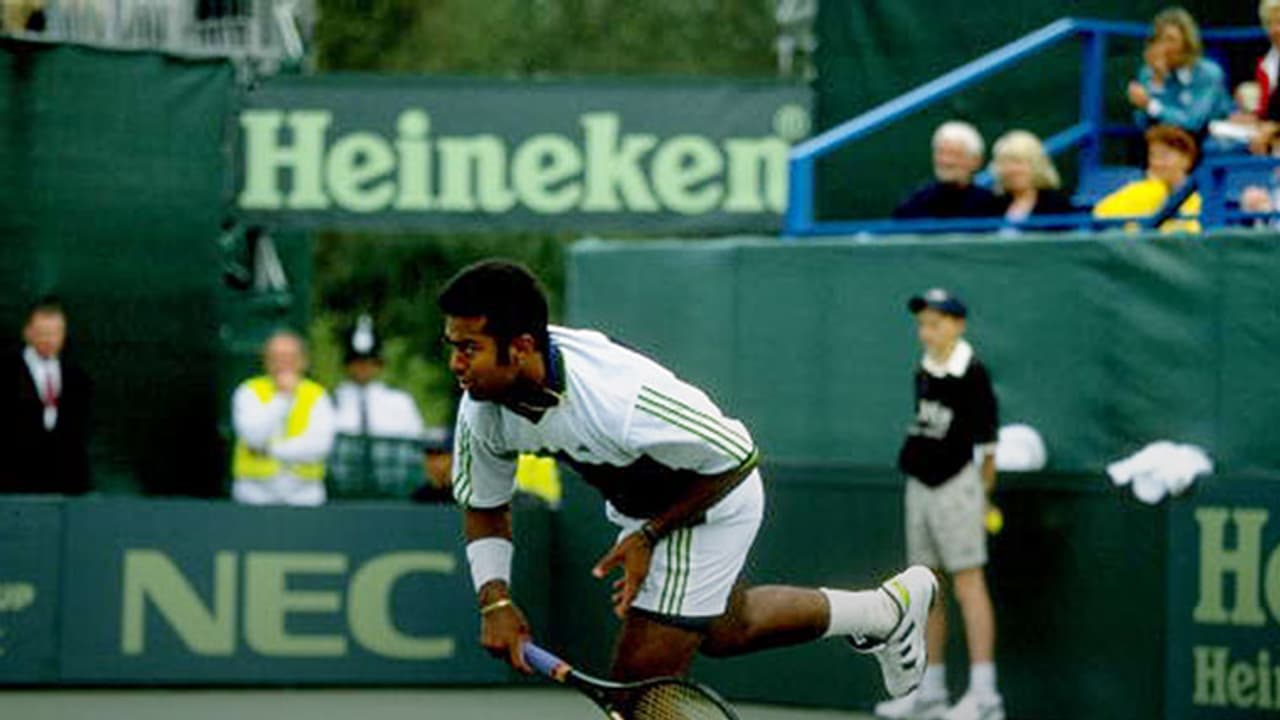The World Group playoffs of the Davis Cup 2016 are around the corner. An unseeded Team India will lock horns with Spain, starting September 16.

Rohan Bopanna withdrew from the tie due to a knee injury. India is already without the services of their top singles players - Yuki Bhambri and Somdev Devvarman - who are recovering from their respective injuries.
The 19-year-old Sumil Nagal, who won the Junior Wimbledon in 2015 in the doubles event, is set to make his Davis Cup debut. However, Team India's coach Zeeshan Ali is yet to decide who among Saketh Myneni, Sumit and Ramanathan Ramkumar will partner the experienced Leander Paes.
While five-time champions Spain, led by Rafael Nadal, will enter the court on Friday as clear favourites, history shows India has managed to quite a few upsets in the Davis Cup.
India vs. Australia, East-Zone final, 1974:
The Australians had 23 Davis Cup titles before the 1974 edition, while India had only a runner's up finish eight years ago. Jasjit Singh sealed the first singles match against a higher-ranked Bob Giltinan before John Alexander took down India's then best player, Vijay Amritraj, in the second singles match.
The Amritraj brothers - Vijay and Anand - then teamed up for a doubles match against Alexander and Colin Dibley. The Indian duo put India on the top again with a thriller five-set win. This time, Singh lost his rubber, leaving Vijay in a must-win situation. The veteran once again was the hero, handing India a historic 3-2 victory in the tie.
India, that year refused to travel to South Africa as a protest South African government's apartheid policies, therefore gifting them their only Davis Cup triumph.
India vs. West Germany, Inter-Zonal Zone, first round, 1966:
The Germans fielded the likes of Wilhelm Bungert and Ingo Buding against India's Ramanathan Krishnan and Jaidip Mukerjea.
Bungert, who was one of the leading players of West Germany in those days, finished as a runner's up at Wimbledon next year. Krishnan went past him with ease in three straight sets to give India a 1-0 lead in the rubber.
Jaidip, who had never reached a quarter-final of a grand slam, won both his singles matches against his opponents. India won the tie 3-2 but eventually lost the final to Australia 1-4 in Melbourne.
India vs. Australia, World Group, semi-final, 1987:
Pat Cash, who had won Wimbledon and finished as runner's up in the Australian Open that year in the singles event, just participated in the doubles match.
While the home team ripped apart the Indian doubles duo in straight sets, 6-3, 6-4, 6-4, the Indians dominated in the singles ties. Australia held 26 titles entering this fixture.
The Davis Cup rubbers of India-Australia were played at Sydney's White City Stadium. The stadium was built in 1922. One of the iconic stadiums of Australia, it has been constructed at Sydney's White City Tennis Club. The Club formed in 1947, and today has 16 grass courts, six synthetic grass courts, and six Rebound Ace hard courts.
India vs. France, World Group, quarter-final, 1993:
The French squad comprising of Arnaud Boetsch, Henri Leconte and Rodolphe Gilbert was fielded against Leander Paes and Ramesh Krishnan.
Being the home side, the support and the home conditions were in the trio's favour; however, the classical Stadium witnessed one of the best performances from India to take the tie 3-2.
Out of the five rubbers, Paes won both his singles matches; Krishnan had a win and loss, and the pair was defeated by Arnaud Boetsch and Henri Leconte in the doubles event.
The victory was even more special because the match was played at Arenes de Fréjus, the amphitheatre. Built in the late first century AD, this building is constructed of local sandstone and could hold about 10,000 spectators.
